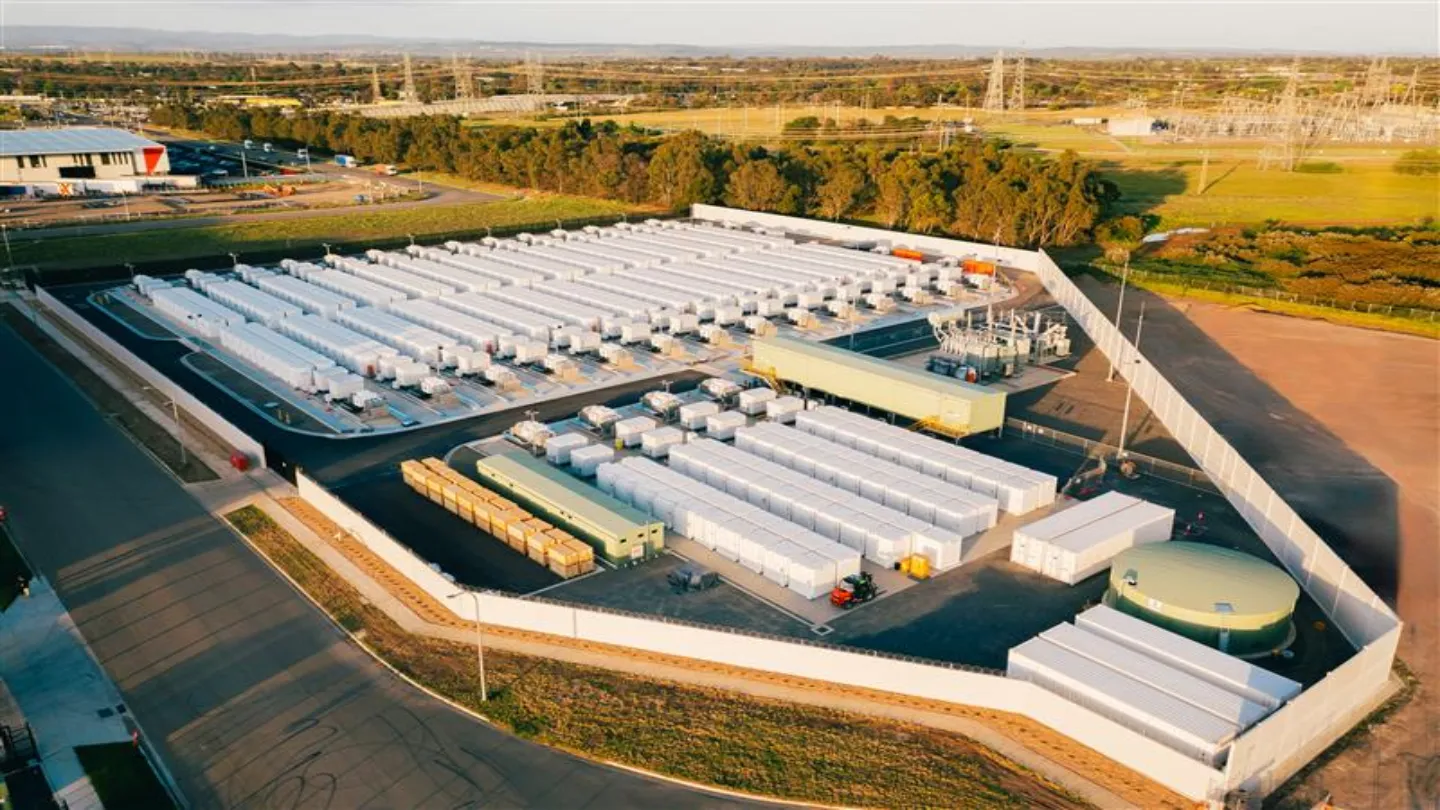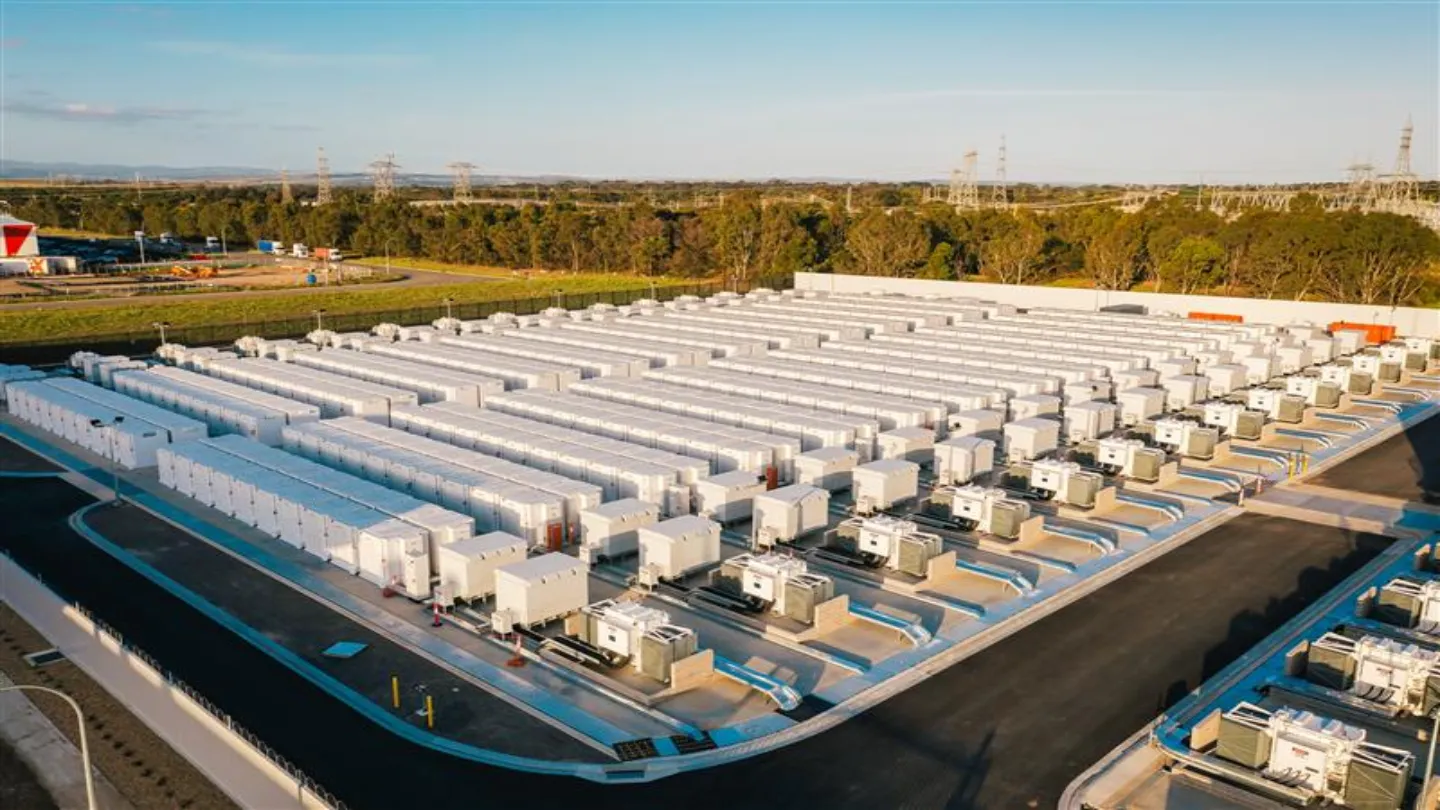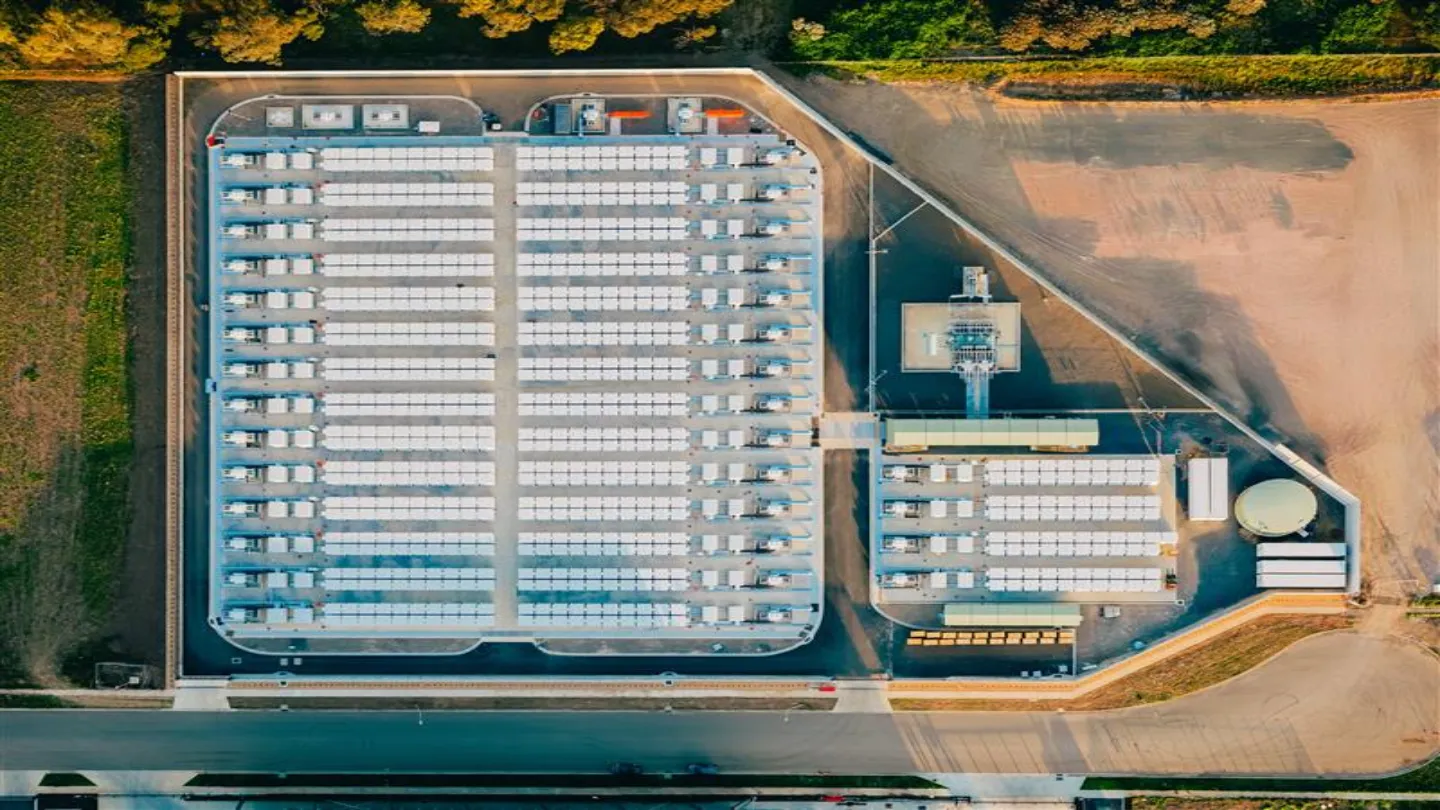The Rangebank battery energy storage system (BESS) is an operational energy storage project in Victoria, Australia. It is the second largest storage system in the state.
The 200MW / 400MWh project was jointly developed by Eku Energy and Shell Energy, with Perfection Private as a minority equity partner.
In March 2023, the BESS achieved financial close. BNP Paribas, Societe Generale, Standard Chartered Bank, Australia Branch, Sumitomo Mitsui Banking Corporation and Westpac provided financing for the project.
Preconstruction activities to build the BESS began in July 2023. It was officially opened in December 2024 with an on-site ceremony.
During peak demand, Rangebank BESS can power 80,000 Victorian homes for one hour. This is equivalent to five hours of energy for 31,000 households in Cranbourne.
The project will support Victoria to reach its 50% renewable energy target by 2030.
The Australian state also aims to build energy storage capacity of 2.6GW by 2030 and 6.3GW by 2035 as part of its decarbonisation efforts.
Rangebank BESS Location
The Rangebank BESS is located on a 2-hectare land within the 20-hectare Rangebank Business Park in Cranbourne West, Victoria. The business park, situated in Southeast Melbourne, can be accessed via major arterial roads including East Link (M3) and the Monash Freeway (M1).
The location was selected for its proximity to a Cranbourne Terminal Station, a major sub-station in Victoria’s electricity network. The establishment of the battery storage system is intended to stabilise Victoria’s state electricity supply during peak hours.
Rangebank Battery Storage Project Details
As an industrial scale BESS, Rangebank will deliver 200MW/400MWh of energy.
The battery system has been developed within a 19,250m2 footprint using Fluence Energy’s Gridstack grid-scale energy storage technology.
It features a single contiguous concrete slab and externally located high-voltage cabling.
Overall, the project exhibits a modular design and includes a grid of equipment containing batteries, core transformers, inverters and a large transformer, with multiple small service buildings.
The battery storage units are configured and installed in a series of rows in an east west direction. Each row features lithium batteries within ‘cube’ storage units, light poles, an inverter and a core transformer at the end of each row.
The BESS also includes other infrastructure including a relay room or switch room for on-site monitoring of the facility; a storeroom for spare parts; and kiosks for switch gear.
The facility is connected to Victoria’s electricity grid via the adjacent energy delivery services business AusNet operated Cranbourne Terminal Station.
An underground cable system connects the 220kV connection equipment located within the Cranbourne Terminal Station.
Rangebank BESS is expected to have a lifespan of around 20 years. Shell Energy signed a tolling agreement to access 100% of Rangebank BESS capacity over the 20-year time period.
Rangebank BESS’ Energy Storage Technology
Rangebank BESS’ uses Fluence Energy’s Gridstack system which has a Rated AC power from 2MW to over 500MW.
It is designed using the company’s sixth generation technology stack and can support discharge durations to more than six hours. It is compatible with both 50Hz and 60Hz grid frequencies.
The system uses advanced lithium ion sealed cells and it is equipped with fast stop, fire detection and suppression system and gas detection units for safety.
Contractors Involved
In April 2023, Fluence Energy, which focuses on delivering energy storage products and services and cloud-based software, won the contract to deliver Rangebank BESS. The company is also responsible for servicing, and maintenance for the project.
RJE Global Engineering led the construction with engineering and construction company Symal. This included installation and termination of electrical cabling within the BESS boundary and the 220kV cables that connects the system to the grid.
Symal was responsible the installation of almost 11,000m2 of combi slabs, the concrete ground slabs that accommodate the battery units that will make up the BESS.
International design, engineering and advisory company Aurecon conducted technical due diligence for project financiers and helped the BESS project to reach financial close. It also became the owner’s engineer when Rangebank BESS entered construction and delivery phases to monitor design review, co-ordination and for quality control of engineering, construction, inspection, testing and commissioning.





